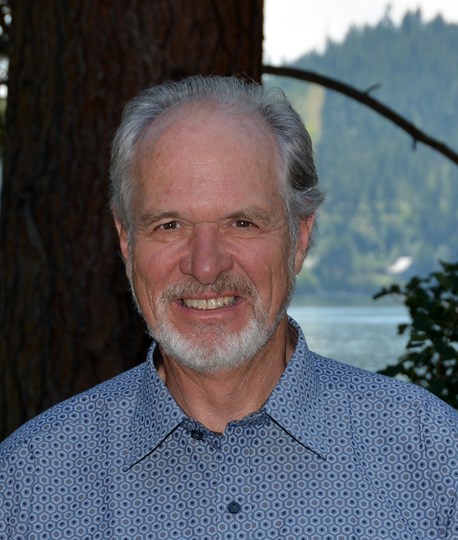Jack Stanford
Jack Stanford
Retired Director and Professor Emeritus

Professional Preparation
- B.S. (Fisheries Science): Colorado State University-1969
- M.S. (Limnology): Colorado State University-1971
- Ph.D. (Limnology): University of Utah-1975
Biography
Jack Stanford has retired as Director/Professor at the Flathead Lake Biological Station. He was the Director and Bierman Professor of Ecology from 1980-2016. Stanford graduated 21 PhD and 28 MS students and published over 220 scientific papers and books on ecosystem processes and influences of human activities. Over his 45 year career at FLBS, Stanford’s research was supported by over $50M in competitive research grants from the US National Science Foundation, the Gordon and Betty Moore Foundation (Palo Alto, CA) and the McKnight Foundation (Minneapolis, MN). Professor Stanford received the Award of Excellence of the Society for Freshwater Science in 2004, and in 2011 he received the Lifetime Achievement Award of the International Society for River Science. His continued research focuses on food web dynamics in Flathead Lake, the ecology of Pacific Rim salmon rivers and brown bear–salmon interactions in the Karluk region of Kodiak, Alaska.
Selected Professional Papers
- Stanford, J. A. and A. R. Gaufin. 1974. Hyporheic communities of two Montana rivers. Science 185:700–702.
- Stanford, J. A., and J. V. Ward. 1988. The hyporheic habitat of river ecosystems. Nature 335:64–66.
- Hall, C. A. S., J. A. Stanford and F. R. Hauer. 1992. The distribution and abundance of organisms as a consequence of energy balances along multiple environmental gradients. Oikos 65(3):377–390.
- Stanford, J. A. and J. V. Ward. 1993. An ecosystem perspective of alluvial rivers: connectivity and the hyporheic corridor. Journal of the North American Benthological Society 12(1):48–60.
- Stanford, J. A., M. S. Lorang and F. R. Hauer. 2005. The shifting habitat mosaic of river ecosystems. Plenary Lecture. Proceedings of the International Society for Limnology. 29(1):123–136.
- Ellis, B. K., J. A. Stanford, and 7 others. 2011. Long-term effects of a trophic cascade in a large lake ecosystem. Proceedings of the National Academy of Sciences USA 108(3):1070–1075.
- Morris, M. R. and J. A. Stanford. 2011. Floodplain succession and soil nitrogen accumulation on a salmon river in southwestern Kamchatka. Ecological Monographs 81(1):43–61.
- Appling, A. P., E. S. Bernhardt, and J. A. Stanford. 2014. Floodplain biogeochemical mosaics: A multidimensional view of alluvial soils. Journal of Geophysical Research: Biogeosciences. 119: 1538–1553.
- Malison, R. L., M. S. Lorang, D. C. Whited, and J. A. Stanford. 2014. Beavers (Castor canadensis) influence habitat for juvenile salmon in a large Alaskan river floodplain. Freshwater Biology 59:1229–1246.
- Stanford, J. A., M. L. Anderson and 3 others. 2016. Thermal diversity and the phenology of floodplain aquatic biota. IN: Gilvear, D., M. Greenwood, M. Thoms and P. Wood (eds.), River Science: Research and Applications for the 21st Century.John Wiley & Sons, UK.
- Deacy, W. W, J. A. Erlenbach, W. B. Leacock, J. A. Stanford, C. T. Robbins, and J. B. Armstrong. 2018. Quantifying the benefits of resource waves: phenological tracking increases salmon consumption by Kodiak brown bears. Scientific Reports 8(1):11008.
Files
Stanford full CV Aug 18.pdf

